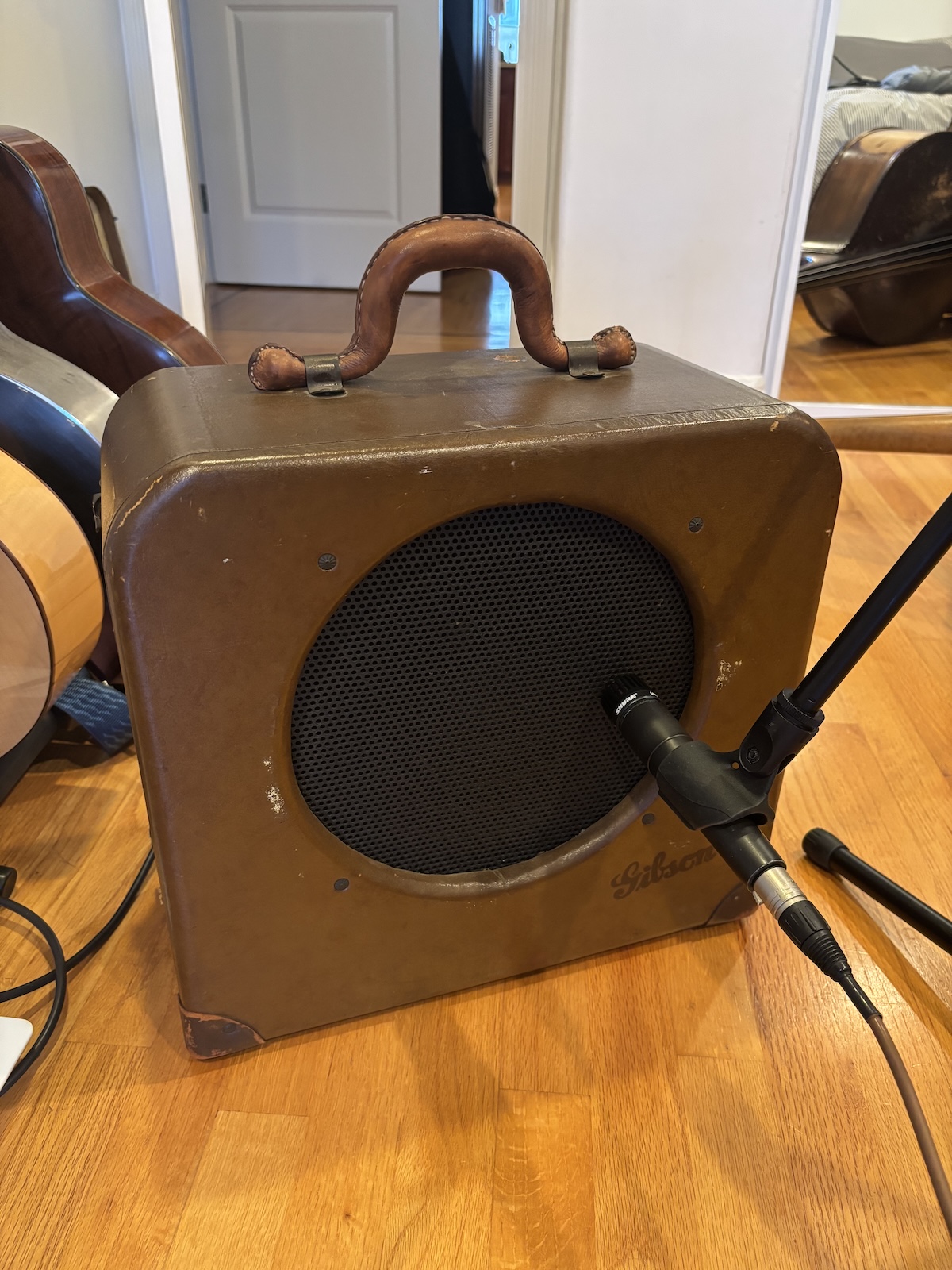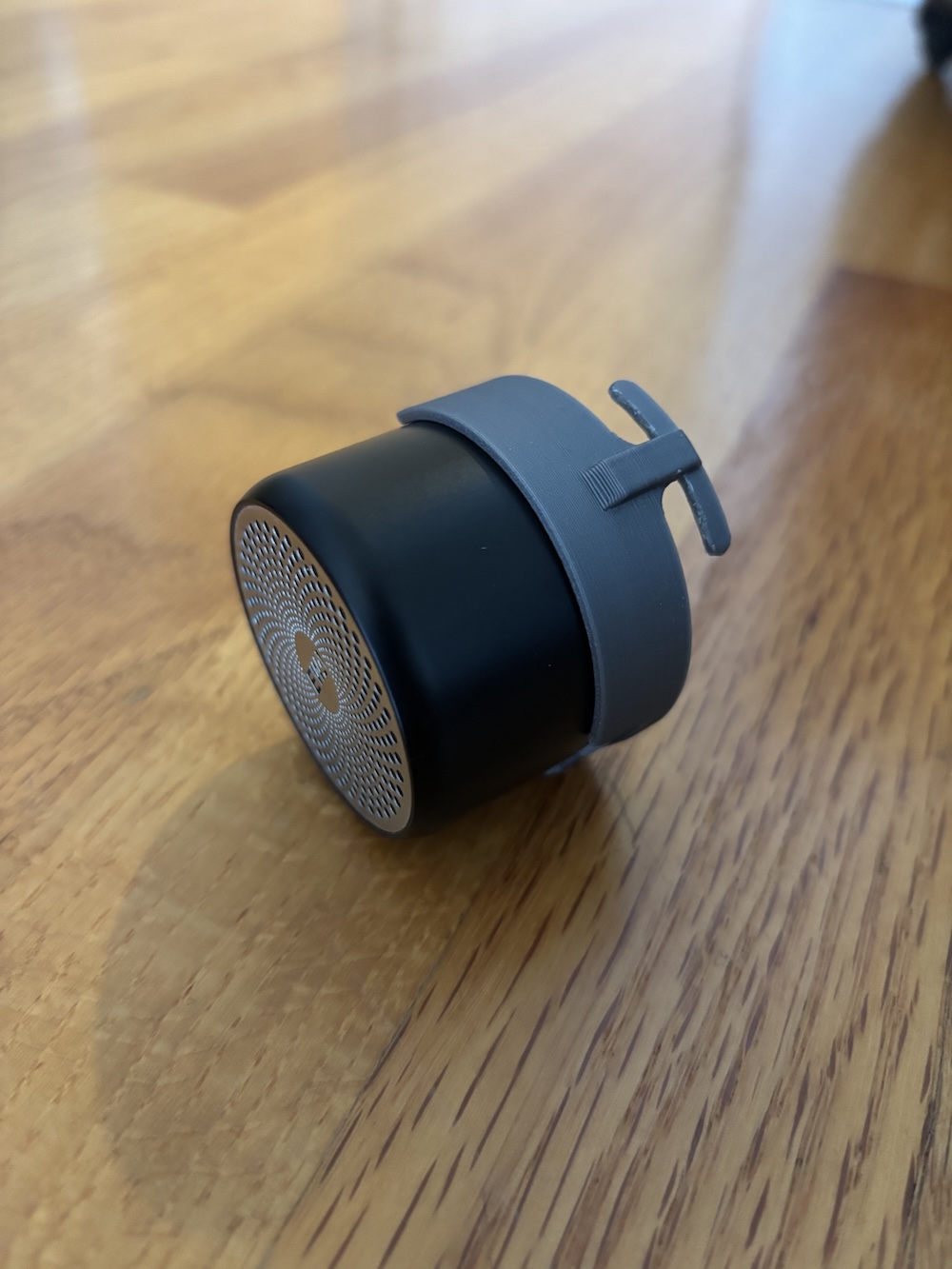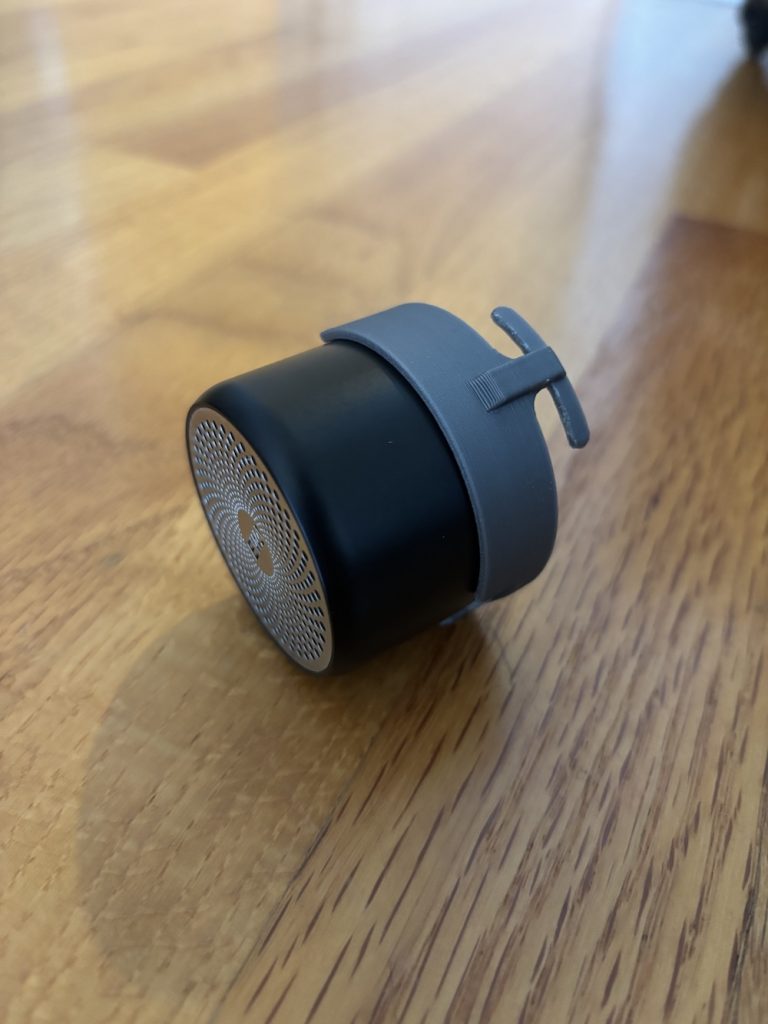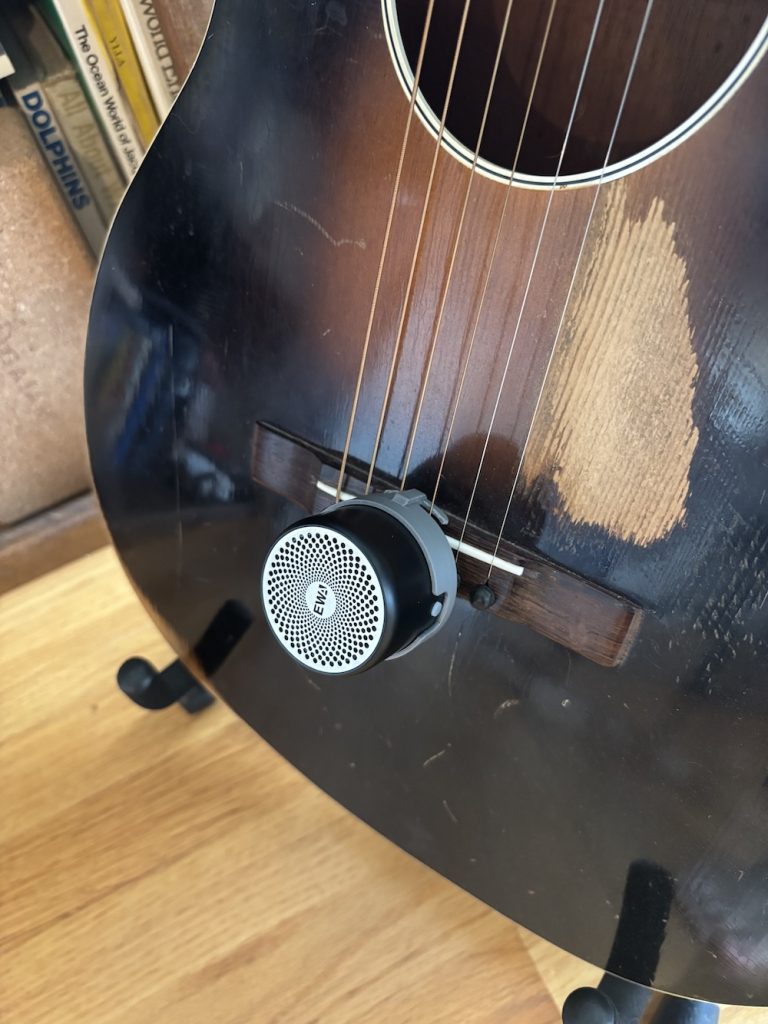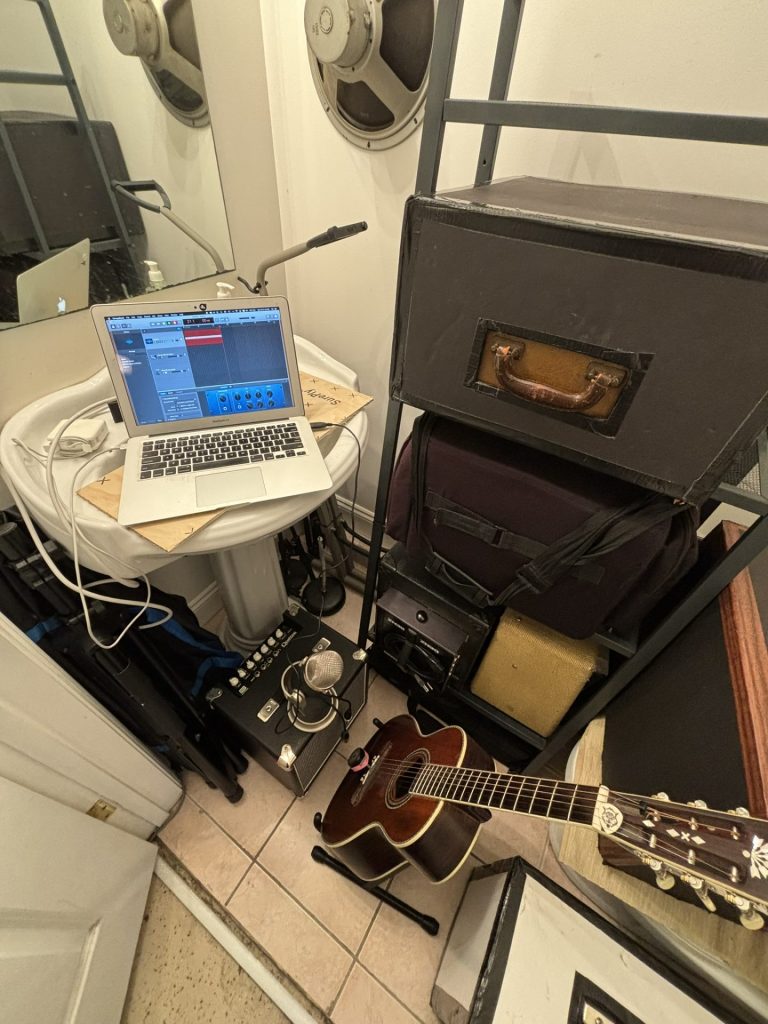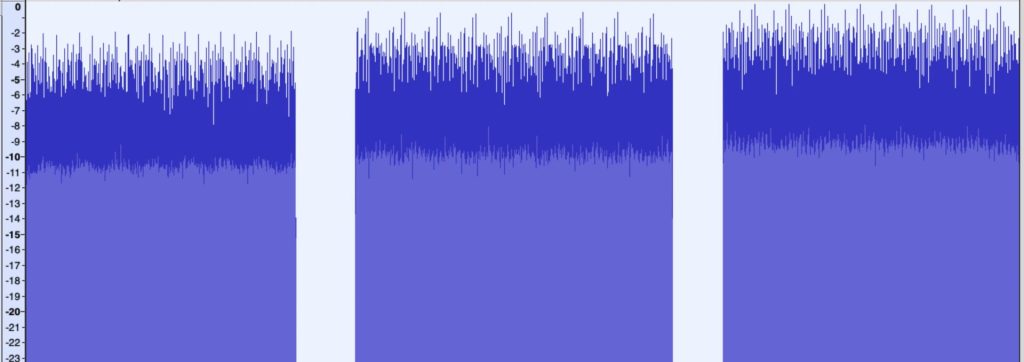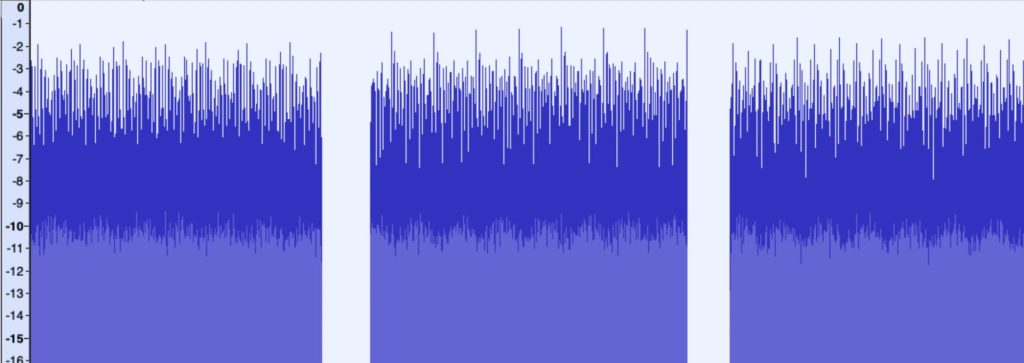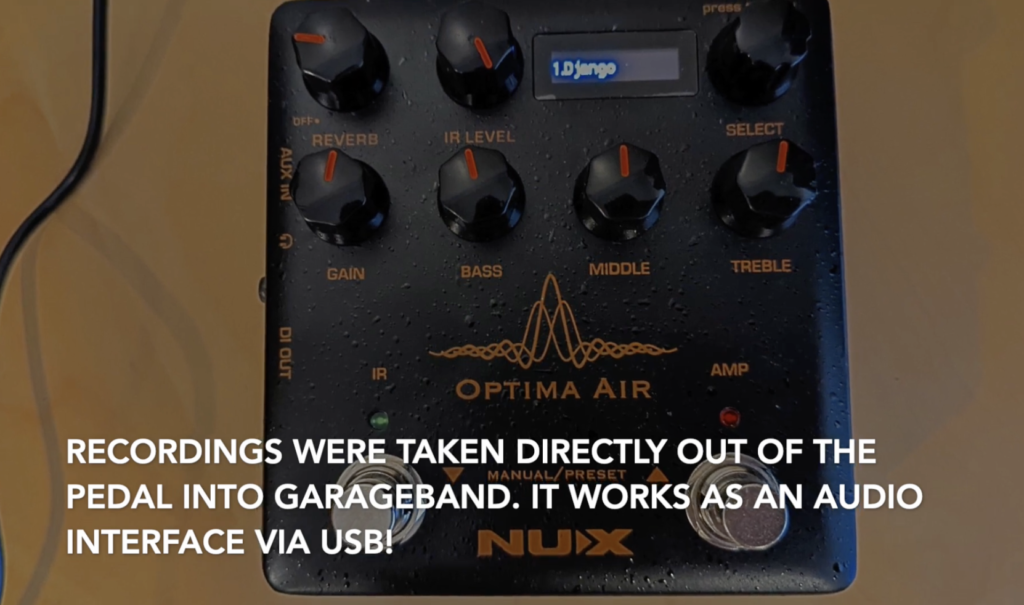A while back I wrote an article about using Impulse Response (IR) technology to model the sound to a microphone on an acoustic guitar and got pretty good results. What I didn’t mention is that same tech is more commonly used to model amps.
To be honest, I never cared much for that scene, since it seems to be catered more to metal and rock guitar sounds. Since I’m really into 30s and 40s music, the amp tones I’m interested in are more that of Charlie Christian, Barney Kessel, and Oscar Moore. They would play through octal tube amps of the era like the Gibson EH-150 and EH-185 that had a really nice, “wooly” break up to them when digging in. Unfortunately, my lot is pretty niche, and there aren’t any pre-made models of those amps. So I thought I’d finally try modeling one myself.
I don’t have an EH-150/185, but I do happen to have an EH-125 which is a little brother of those amps. So that’s the one I used:
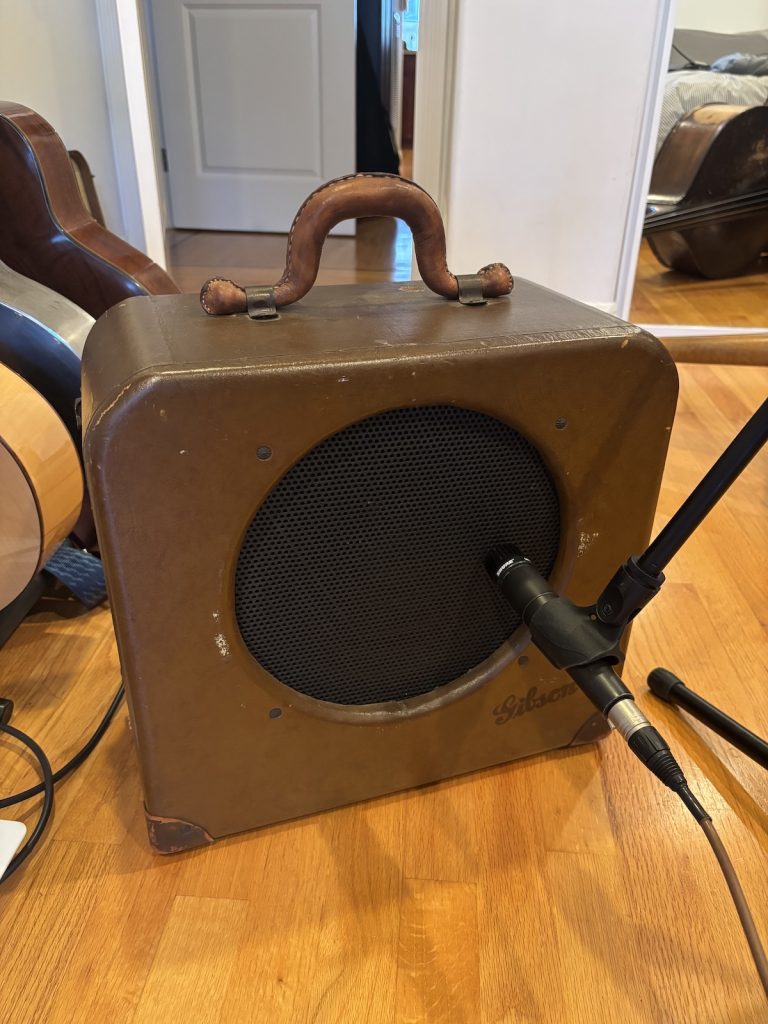
Neural Amp Modeler
The open source project: Neural Amp Modeler has been around for a while now, and seems to have matured greatly over the past couple of years. Best of all, it’s free. You can use it as a standalone app or recording software (DAW) plugin to load models and play guitar through them. There is also a very well made companion site Tone3000 that allows folks to share their own amp models for free download. If it’s a common amp, chances are someone already made a profile for it which saves you a bunch of time trying to do it yourself.
There are good tutorials on how to set up a DAW rig to model an amp, but the gist is:
- Download a 3-minute long source audio file that sweeps through a bunch of sound frequencies
- Play back that audio file through the amp that you hope to model
- Record your amp playing the file with a microphone
- Upload both the source file and your recorded file to a neural processing program to generate a profile for the amp with some fancy math
Results
Here are the results with me playing some aimless Charlie Christianish noodling. The same audio file is running through the amp model, and the original amp with a Shure SM57 microphone on it, so there is no variance in the performance.
Actual Gibson EH-125 mic’ed with an SM57:
My “virtual” Gibson EH-125 model, completely digitally recorded using the NAM plugin:
Pretty close! I think the tone is a really good match. But the original does have more of the crunchy wooly sound in the first half with the chordal stuff that seems to have been lost in translation. Not sure how I could make that more accurate. Maybe if I turned up the amp volume or input gain a bit more during the modeling process, it would capture more of the tone. But in some ways I prefer a little less crunch, too.
I found that I really had to push the input volume to get it to break up in a manner similar to the actual amp. But the interesting thing is: I was able to tweak the input gain and EQ after I recorded it to get closer to the break up sound I wanted. Not the case with the real amp. You’re stuck with the input level and resulting distortion you got during recording.
Here’s me playing a full chorus of Rose Room using the NAM model, with me isolating Charlie Christian’s track and trying to match the tone exactly (I found that the treble had to be turned almost all the way up and the bass to about 75% to get in the ballpark).
Use cases
The most obvious use case of this model to me is that I can use it for home recording without pulling my amps out of the closet and mic’ing them up. I can do some late night recording sessions without waking anyone up.
If I went and purchased some kind of pedal that can load NAM profiles, I could load this model into them and use it for live performance. I could see a situation where I’d just run directly into a board in situations where using an amp is not practical.
Update: I found that the Gigfast Lite iOS app loads custom NAM profiles. I paired it with one of these very cheap headphone jack guitar input adapters and it works great. It has very low latency and is very flexible, with a very nice spring reverb and tape delay effects. Don’t see the need for more hardware, given I already have my iPad at most gigs.
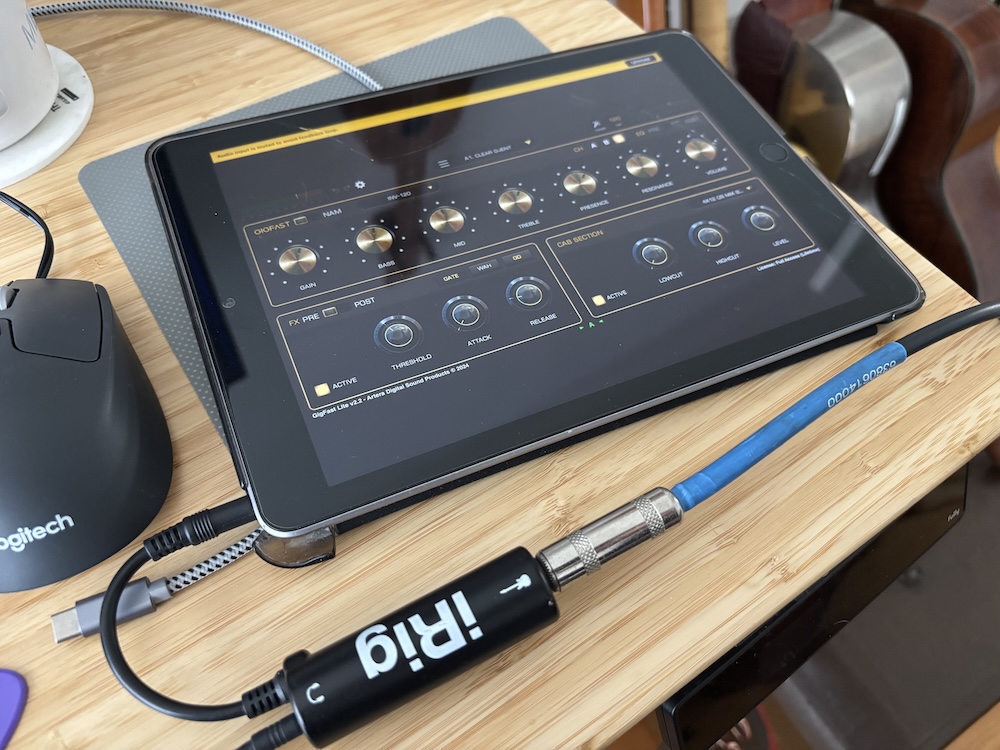
Download my EH-125 NAM profiles
You can download my models at Tone3000 here: https://www.tone3000.com/tones/gibson-eh-125-amp-1940s-32994
I’d love to model some more relatively obscure amps of the 40s, so if you live near me in San Francisco and want to lend me an EH-150 or EH-185 for an afternoon I’d be thrilled to capture them as well.
Update! Since writing this post, I added a capture of the EH-185 and someone added a great capture of an EH-150!:
- Gibson EH-185 (modeled by me)
- Gibson EH-150 (modeled by nutronboy)
Note: I am well aware of and have used the Jr. Barnyard and the JJ-150 pedals. They are fine, but I always wondered if I could get closer to the sound using free software. And the convenience of being able to record direct using plugins is appealing.
